Why Choose Surrey Place?
Learn about the many reasons Surrey Place is a standout organization in our field
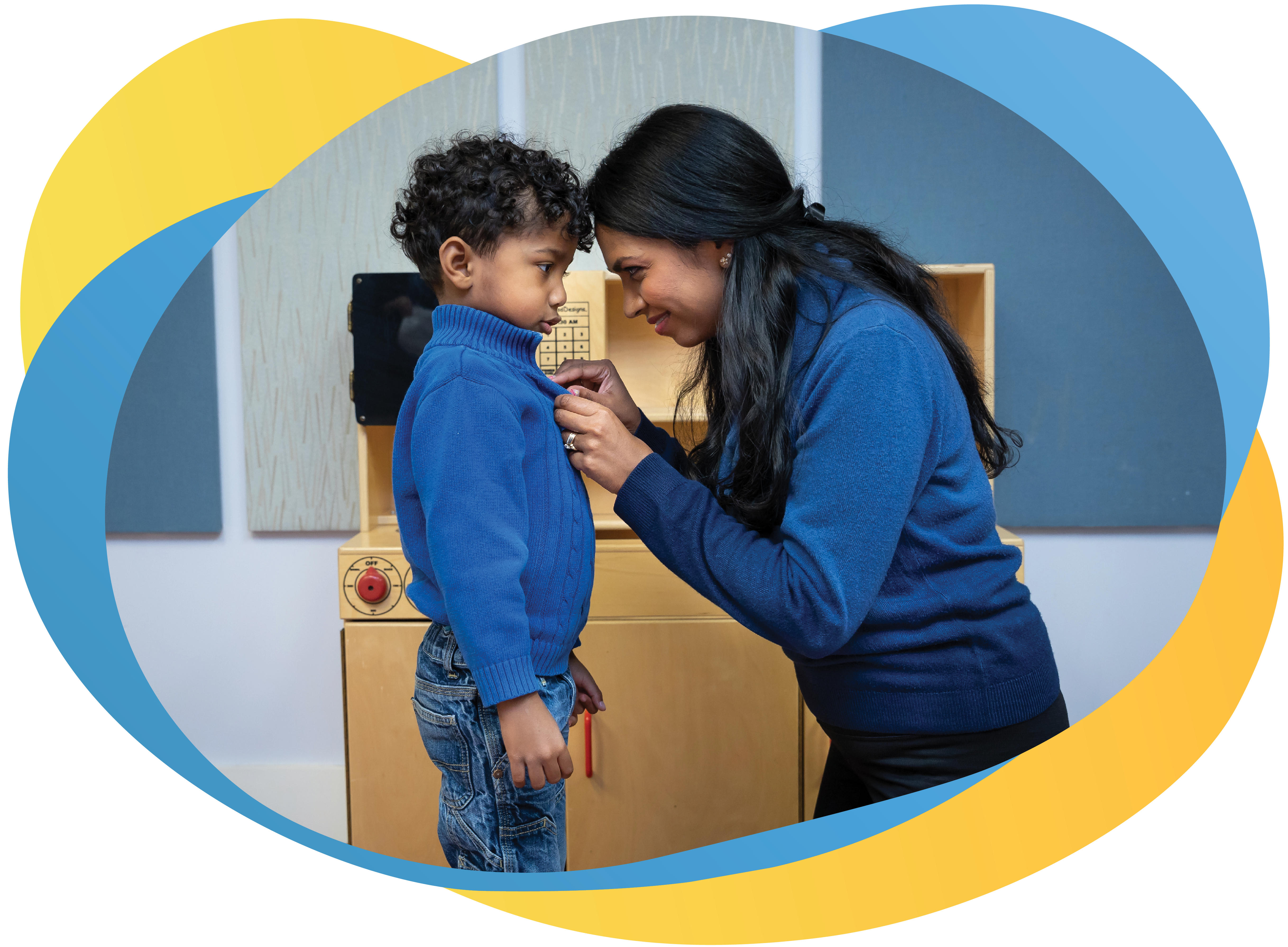
For more than 60 years, Surrey Place has been providing an extensive range of programs and services for autistic children and their families. Our core clinical services are appropriate for children up to 18 years of age and are accessed through the Ontario Autism Program (OAP).
We are often at the forefront when it comes to pioneering new programs or creating community partnerships to improve coordinated services that address gaps in the system. Our interdisciplinary approach, highly trained staff, state-of-the-art facilities and other unique features make us a trusted leader among autism service providers.
We follow a family-centred approach
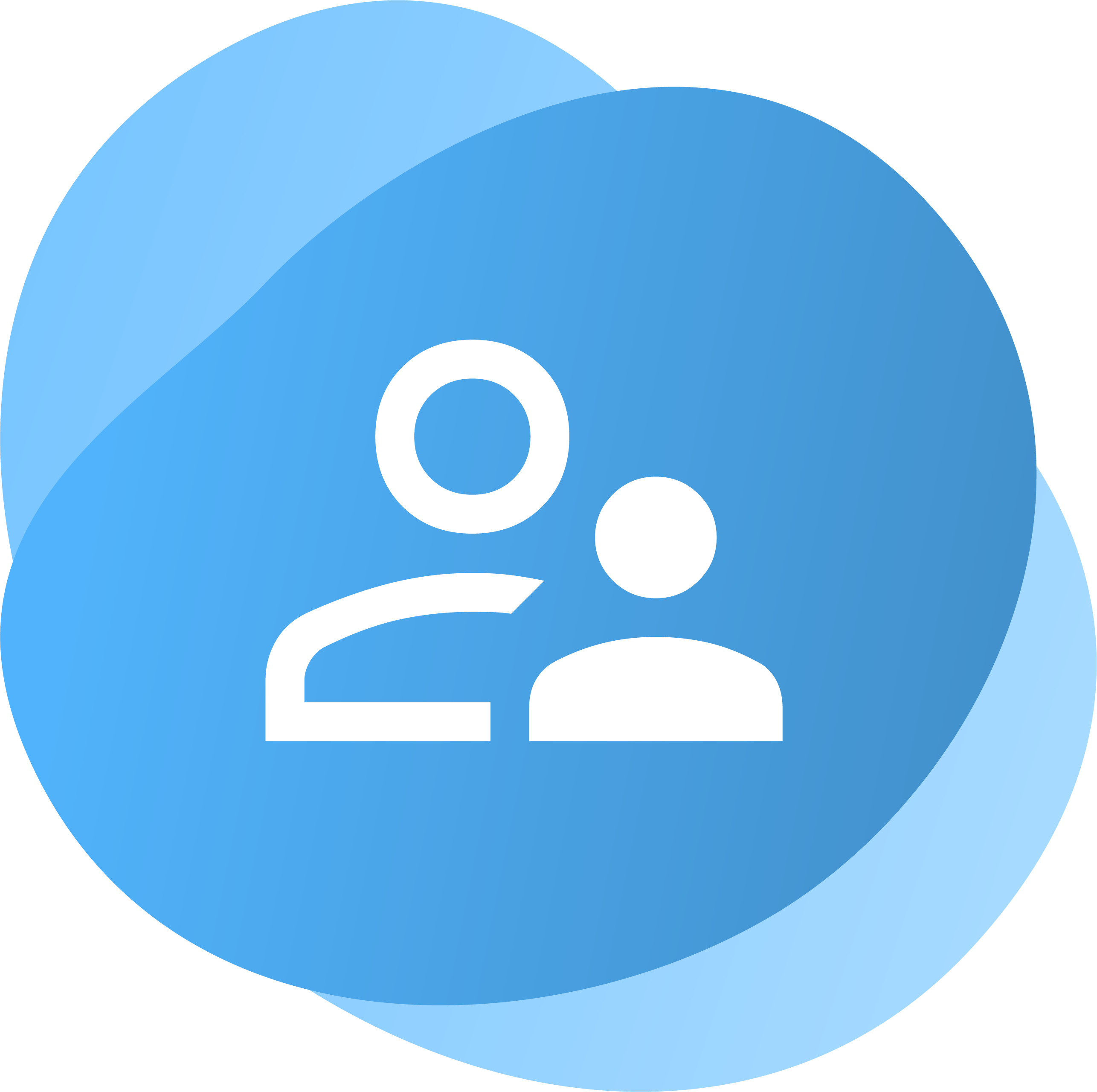
Family & caregiver involvement
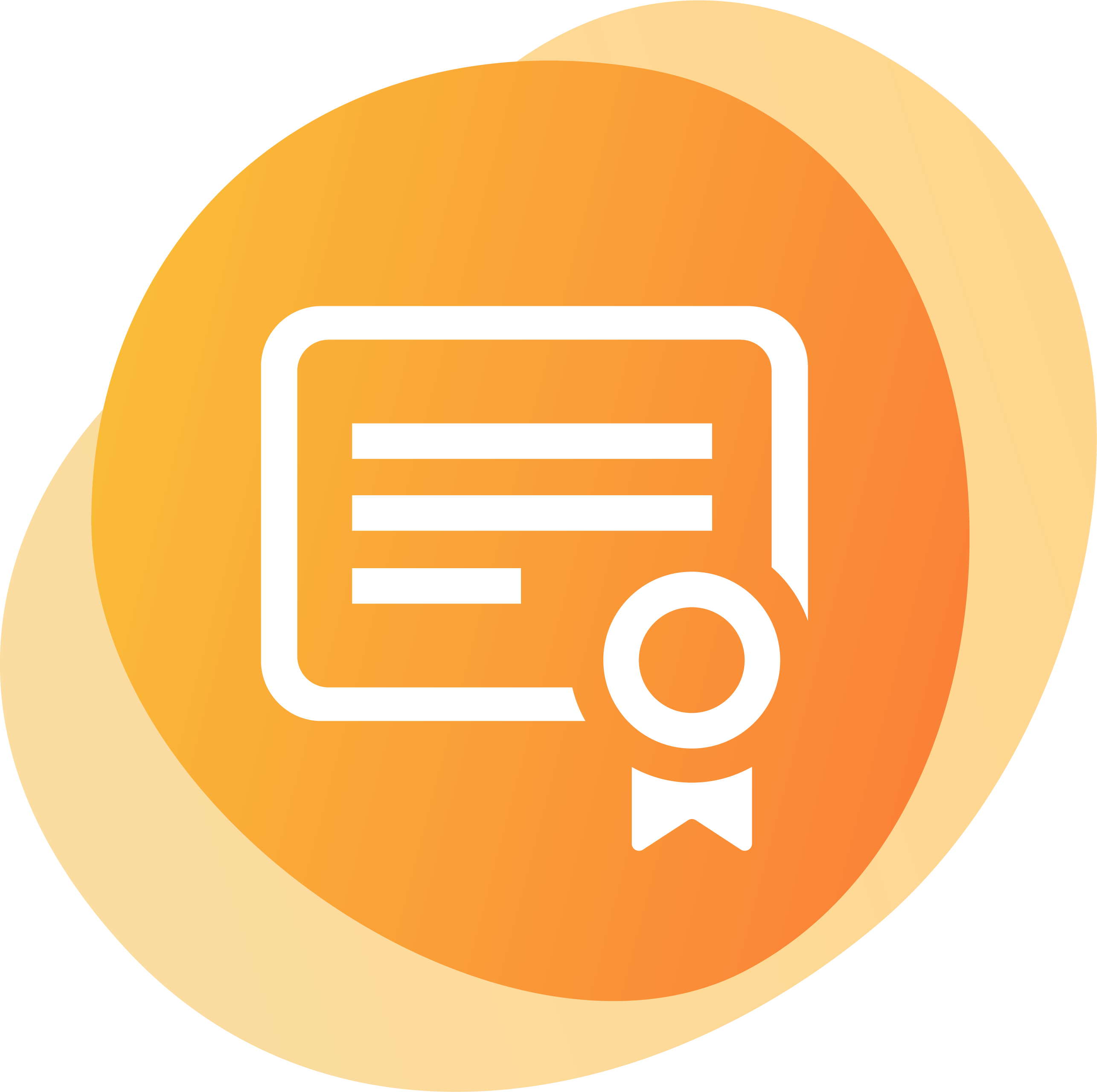
Education programs for caregiver
We firmly believe that families are the experts when it comes to their children. This means we involve caregivers in all aspects of service delivery, including developing goals together, participating in assessments or therapy sessions for their child, and discussing their child’s progress with the clinical team. We also offer education programs for families to ensure they feel supported every step of the way.
Our clinicians are leaders in their field
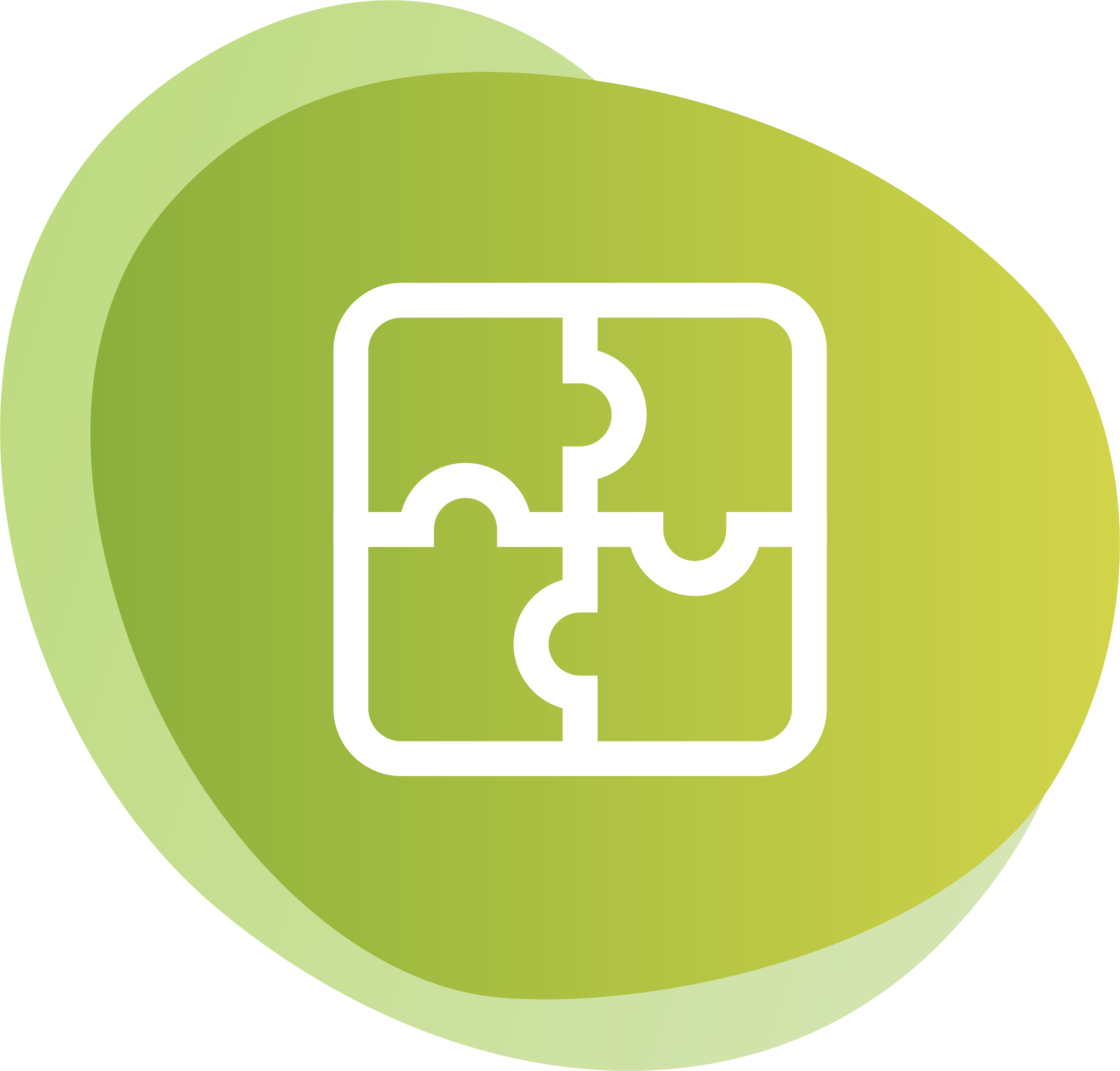
Multi-disciplinary team

Highest number of BCBAs in Ontario

Leader in early intervention
Our highly qualified, experienced staff provide specialized clinical services using a collaborative, interdisciplinary approach. Our team includes several Board Certified Behavior Analysts® (BCBA) who supervise each child’s behaviour intervention program, as well as experienced therapists who work directly with children in classrooms to help them practice skills outlined in the child’s behaviour plan. Our registered speech language pathologists and occupational therapists consult with the behaviour team or provide services directly to children and families.
Our clinicians publish in peer-reviewed journals on the effectiveness of their interventions and present at conferences to share applications of applied behaviour analysis (ABA). Many staff are also faculty members at colleges and universities or are contributing members on advisory bodies and expert panels.
We have the highest number of board-certified behaviour analysts out of all the service providers on the Ontario Autism Program provider list.
We offer a breadth of services to meet every need
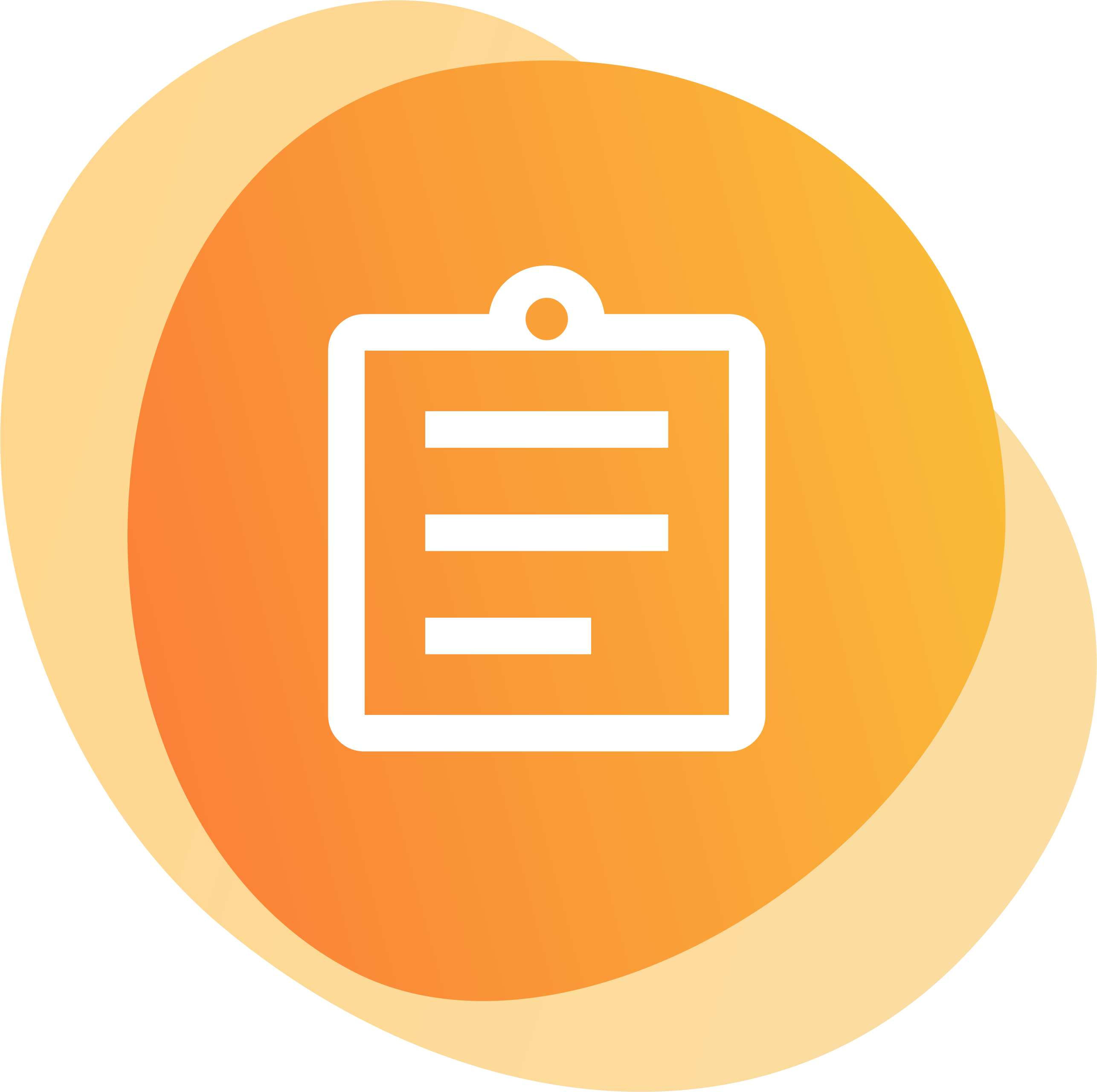
Comprehensive services

Family & caregiver training
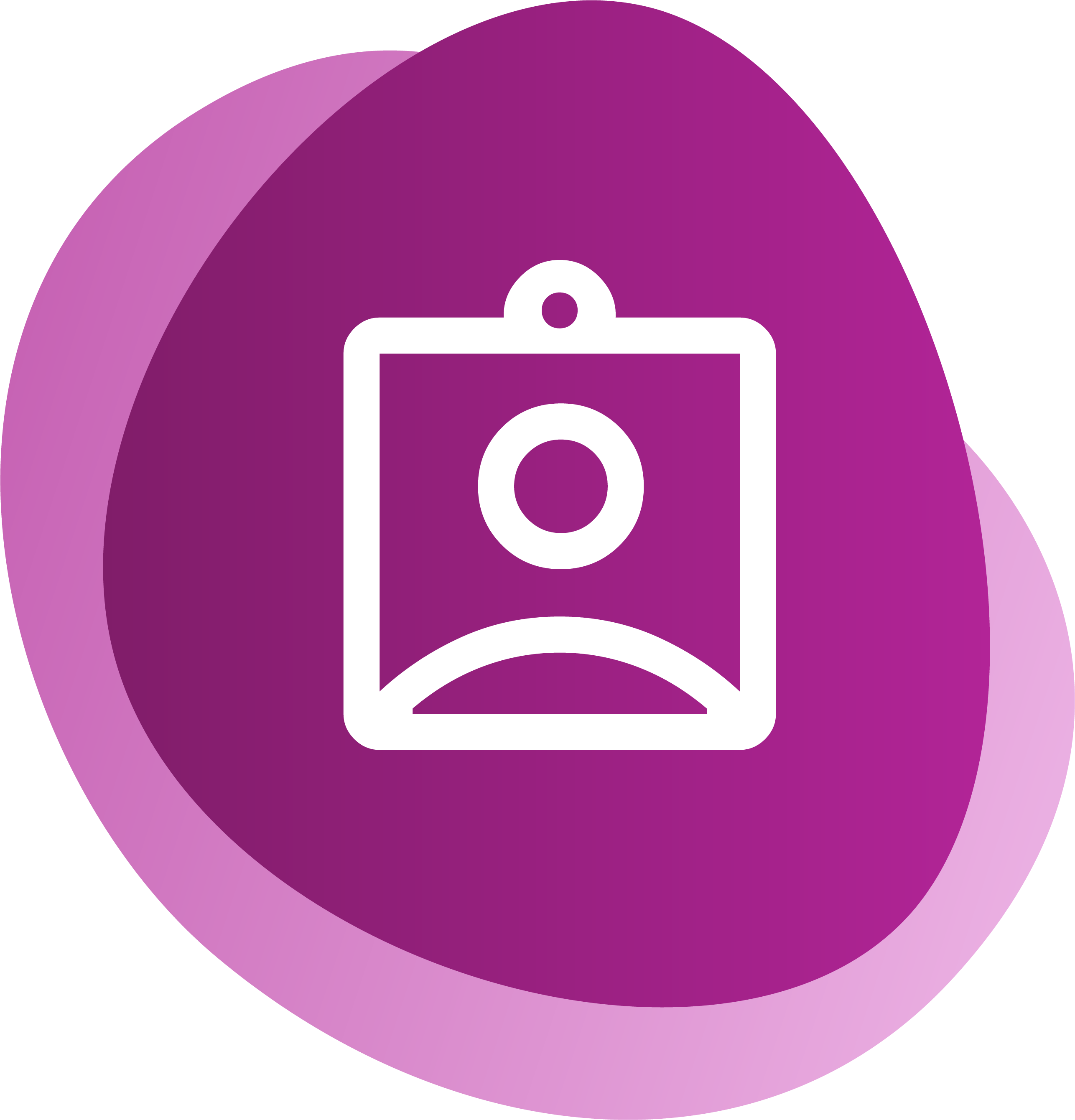
Individualized service plans
We address a range of needs with comprehensive services for children and families, including behaviour services, speech-language pathology, occupational therapy, mental health services, and family and caregiver training. We work with families to develop individualized service plans that address specific goals, based on the child or youth’s needs.
We also offer tandem services for caregivers based on the specific program their child or teen is following. For example, if a child or teen is accessing one of our behavioural treatment services, parents can access caregiver education programs and coaching at the same time. We also offer services for youth past 18 years of age, into adulthood.
We provide individual and group-based programs
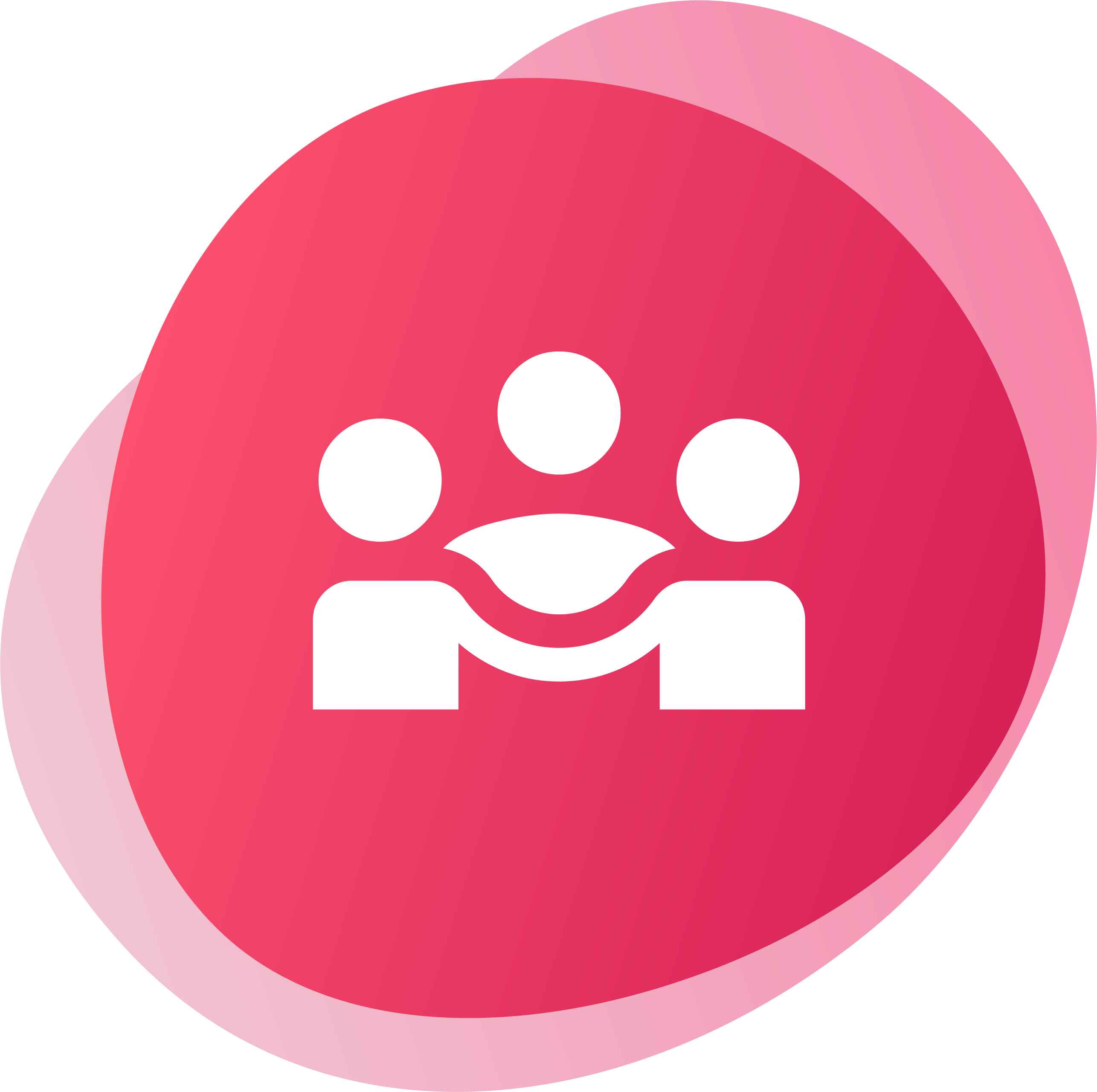
1:1 and group programs
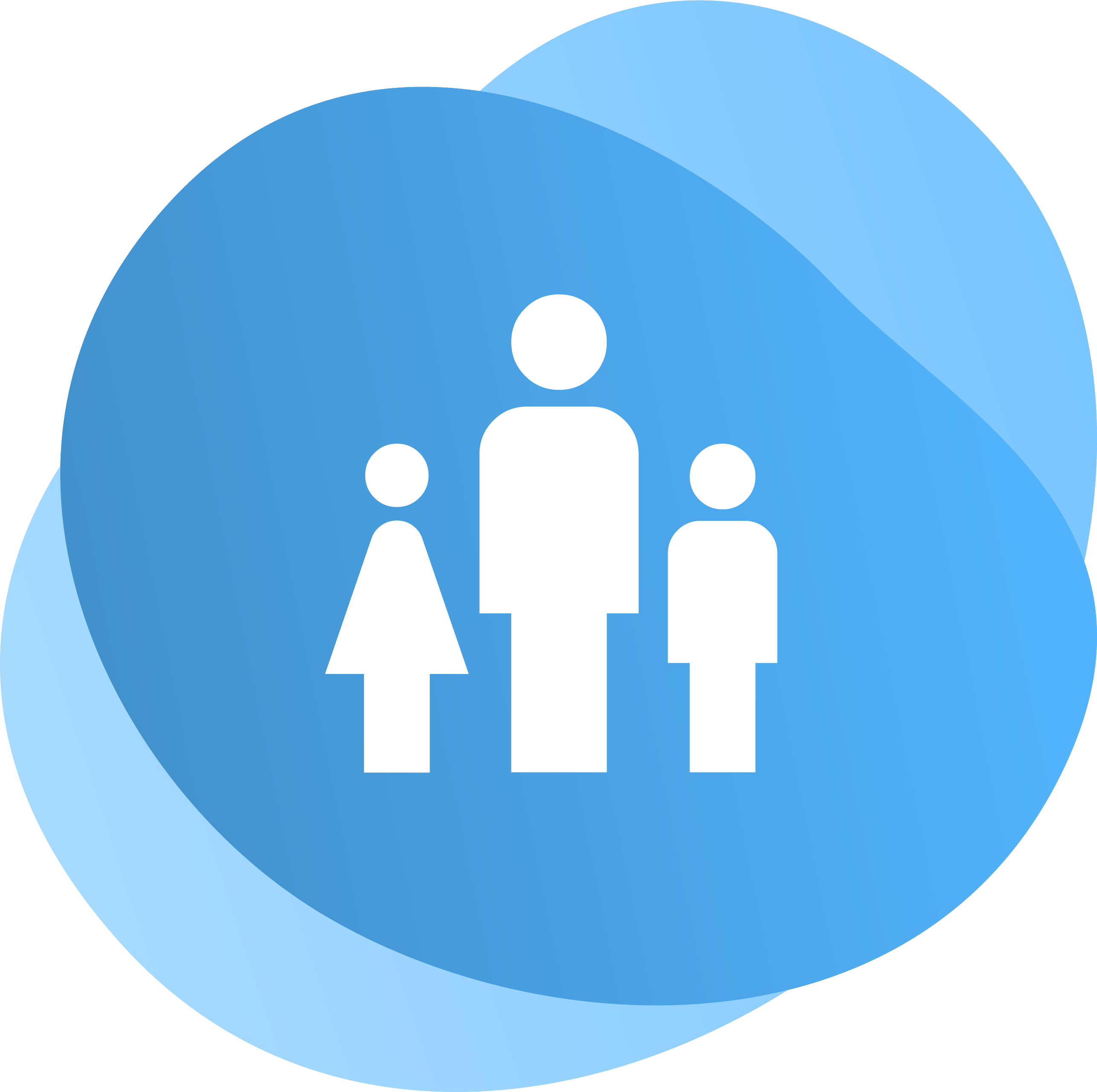
Low class ratios
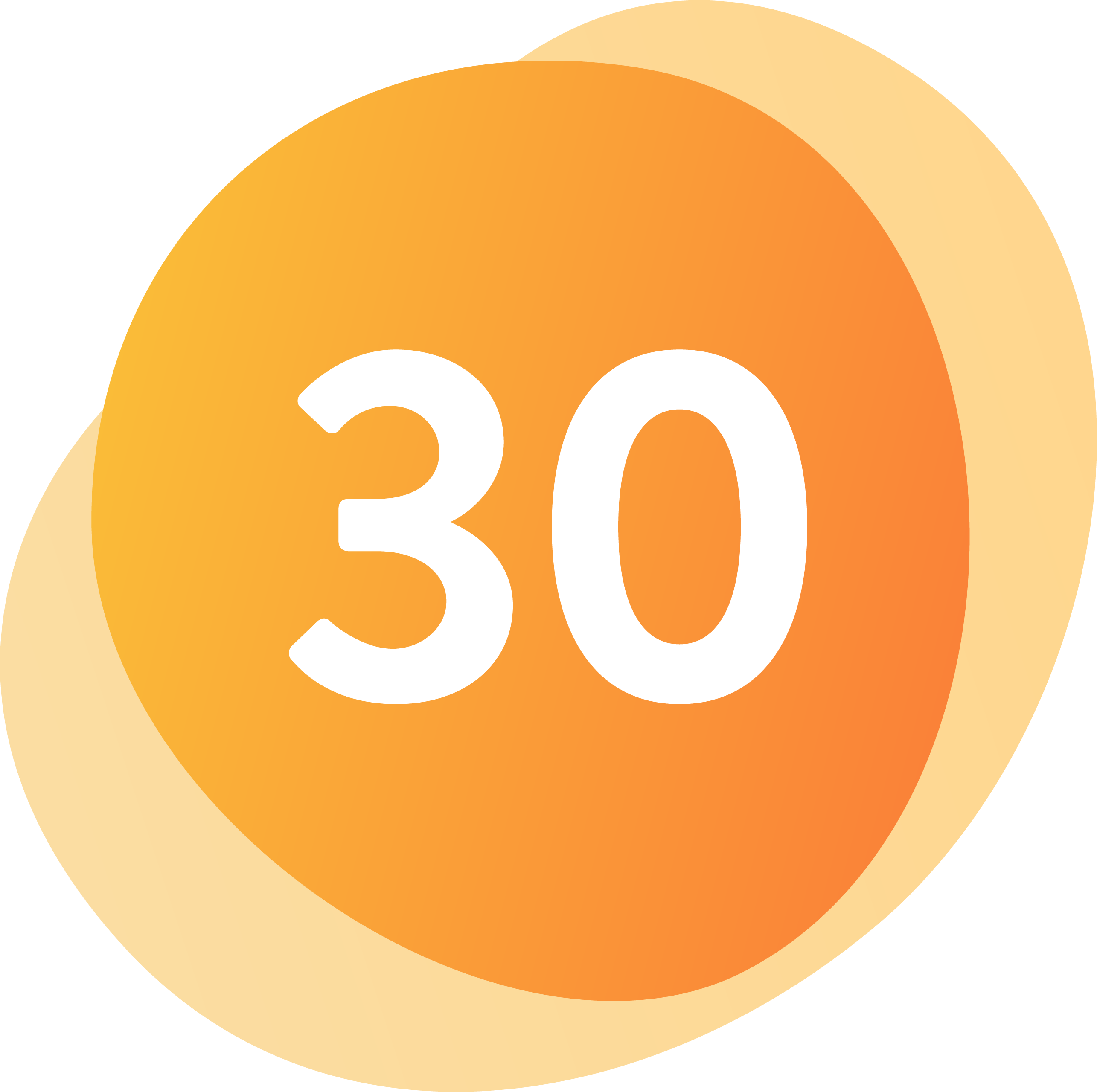
Up to 30 hrs of support/week
We offer both individualized and group-based services, starting at two hours per week and expanding to as many as 30 hours per week for more intensive programs. Group-based services feature low class ratios, ranging from one staff for every two children to one staff for every four children, depending on the program. Group classes, which include social skills and communication groups, have three to eight children per class. We also provide an option for one-on-one support within a group-based program for children who need extra assistance to be successful in a group environment.
We have state-of-the-art facilities
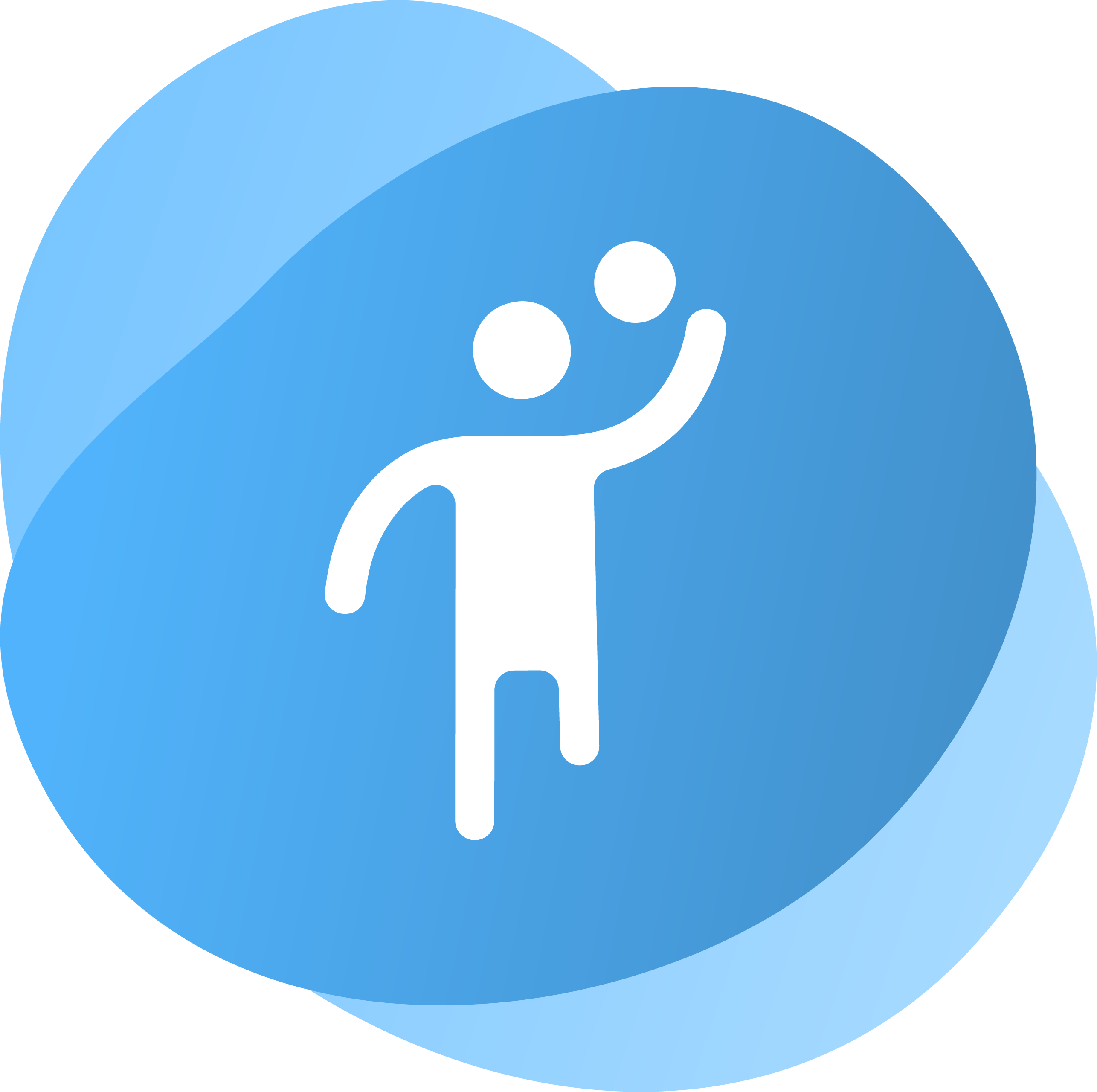
Indoor and outdoor playscapes
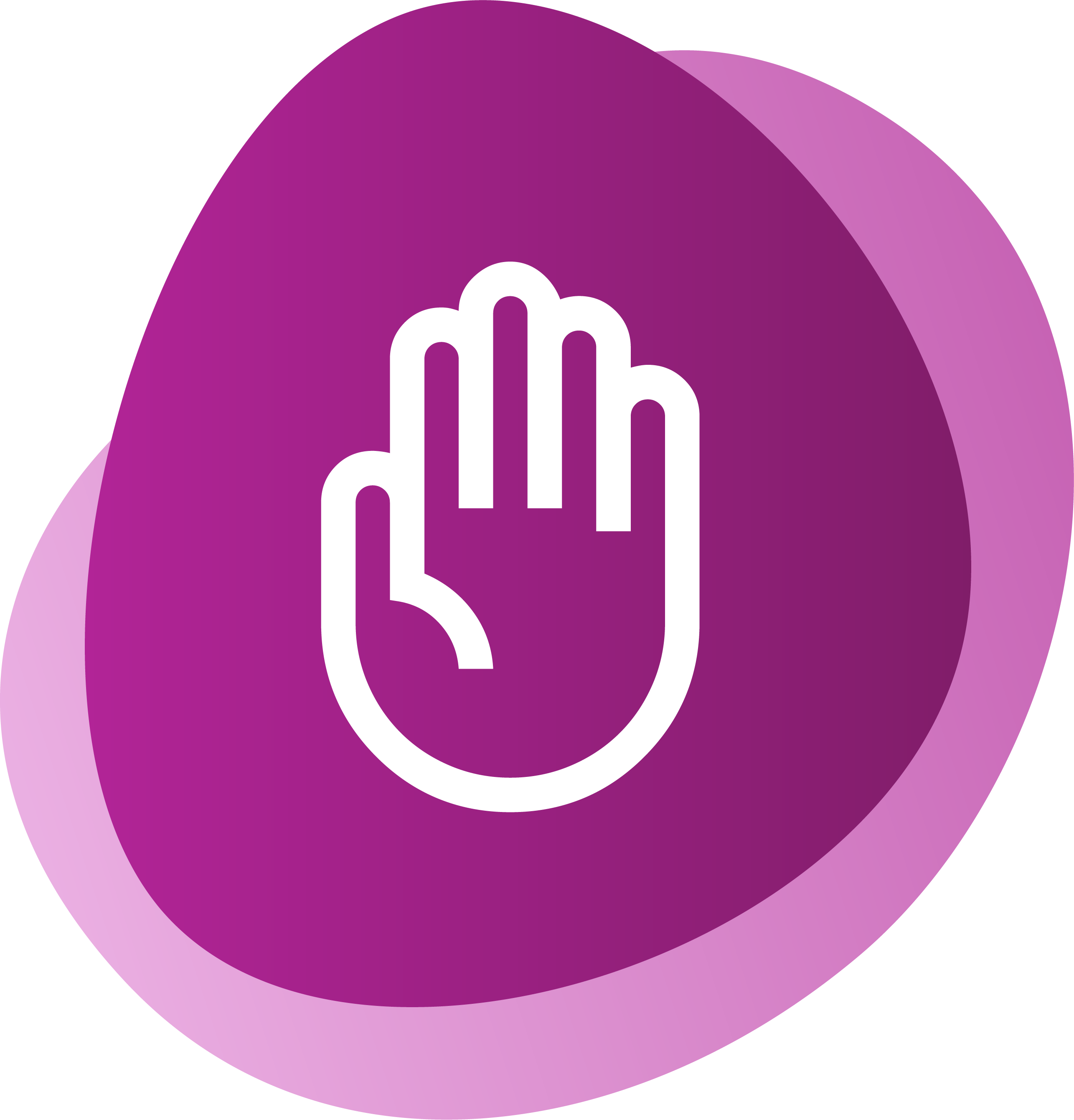
Sensory integration room
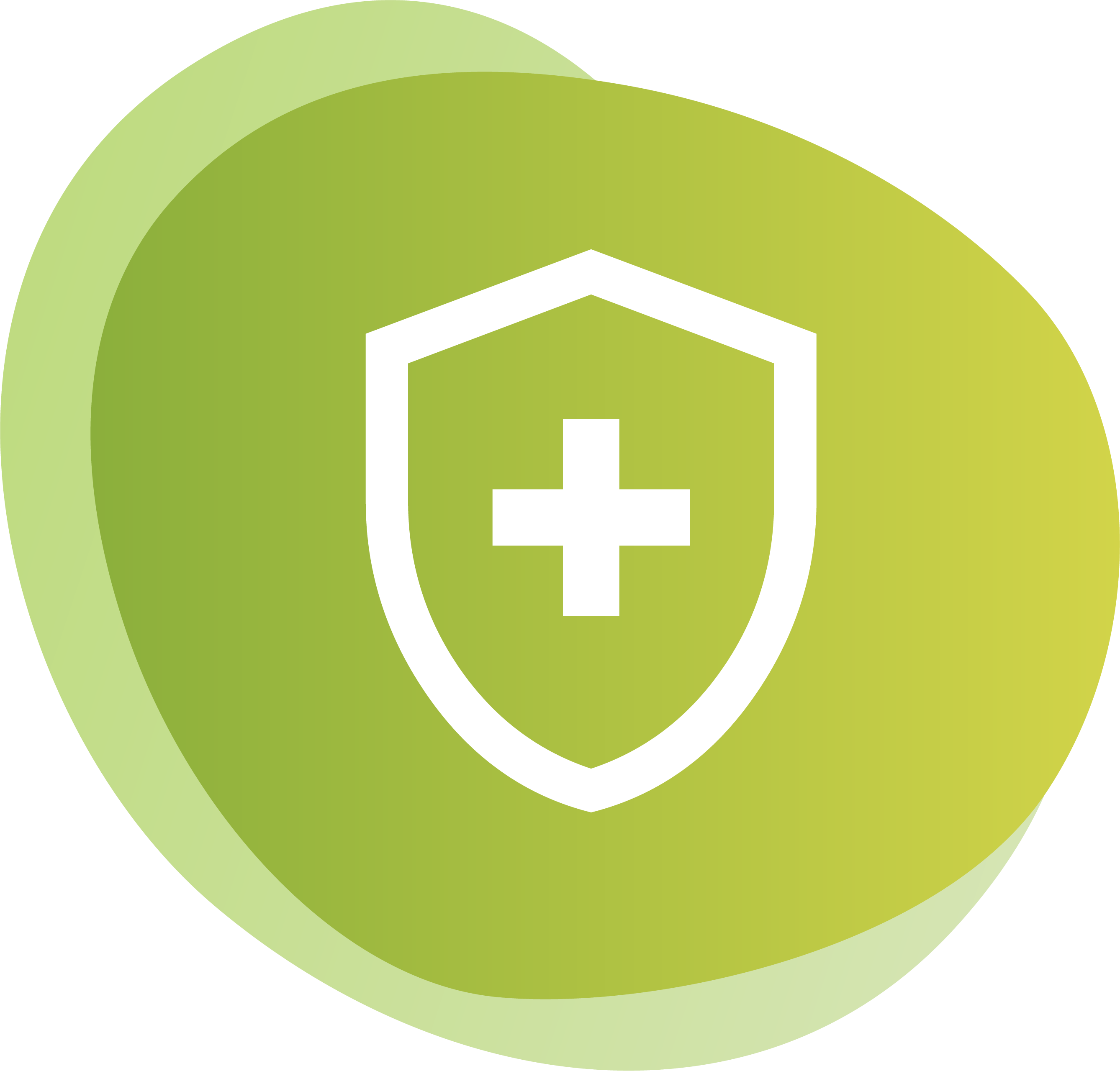
Safe assessment room
Our facilities include state-of-the-art playgrounds that allow children to explore movement while working on their gross motor skills.
Our south location in Toronto’s downtown core features:
- An outdoor playground and indoor gym
- Recently expanded clinical space with more classrooms to accommodate more clients.
Our north location features:
- A massive gym that includes a Snoezelen room (a sensory integration room used by occupational therapists)
- A safe assessment room (with an attached observation room) to enable more intensive assessments for clients who exhibit high-risk behaviours
- A gross motor room used by physical therapists and occupational therapists
We have several convenient sites
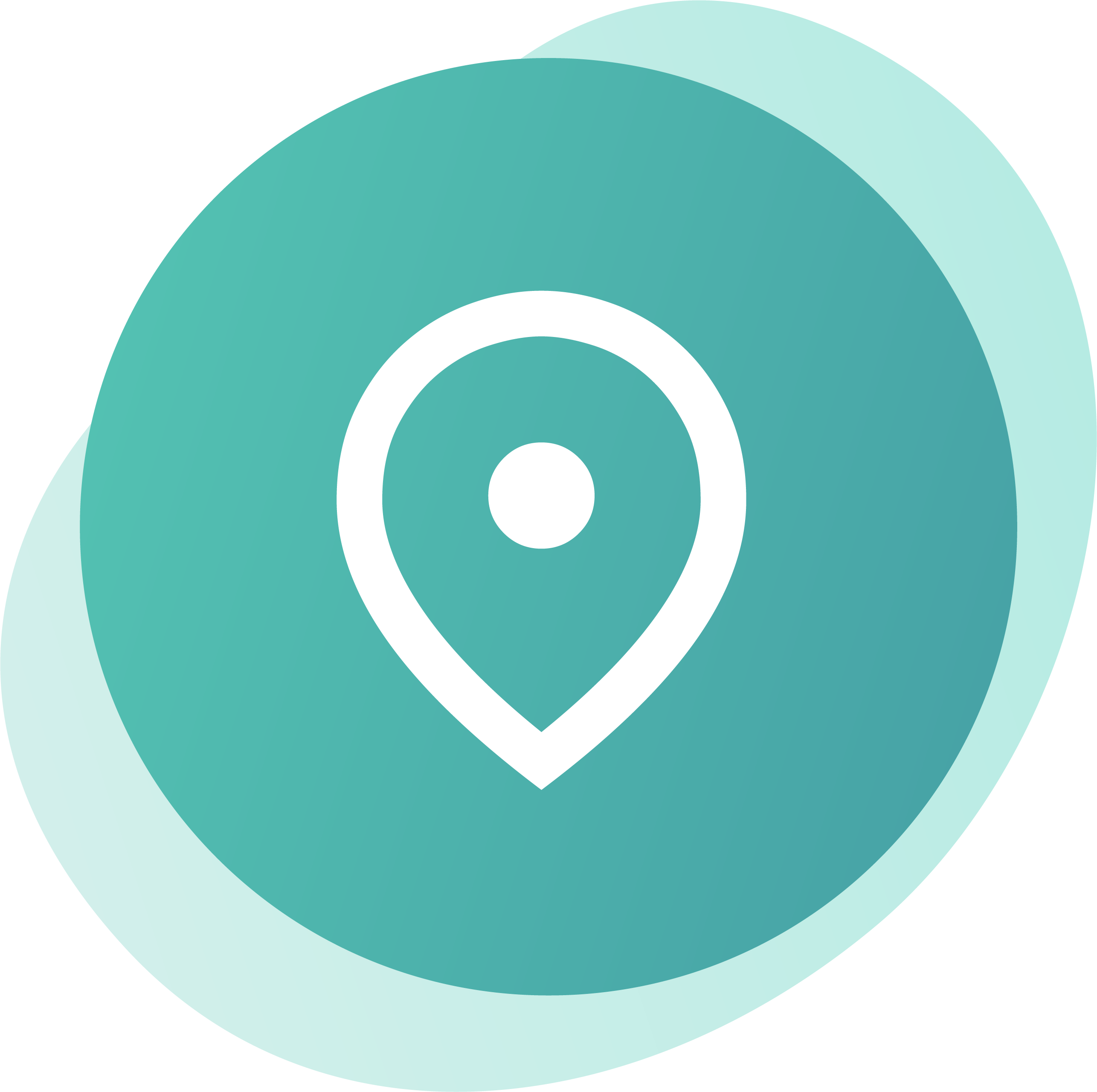
4 convenient locations
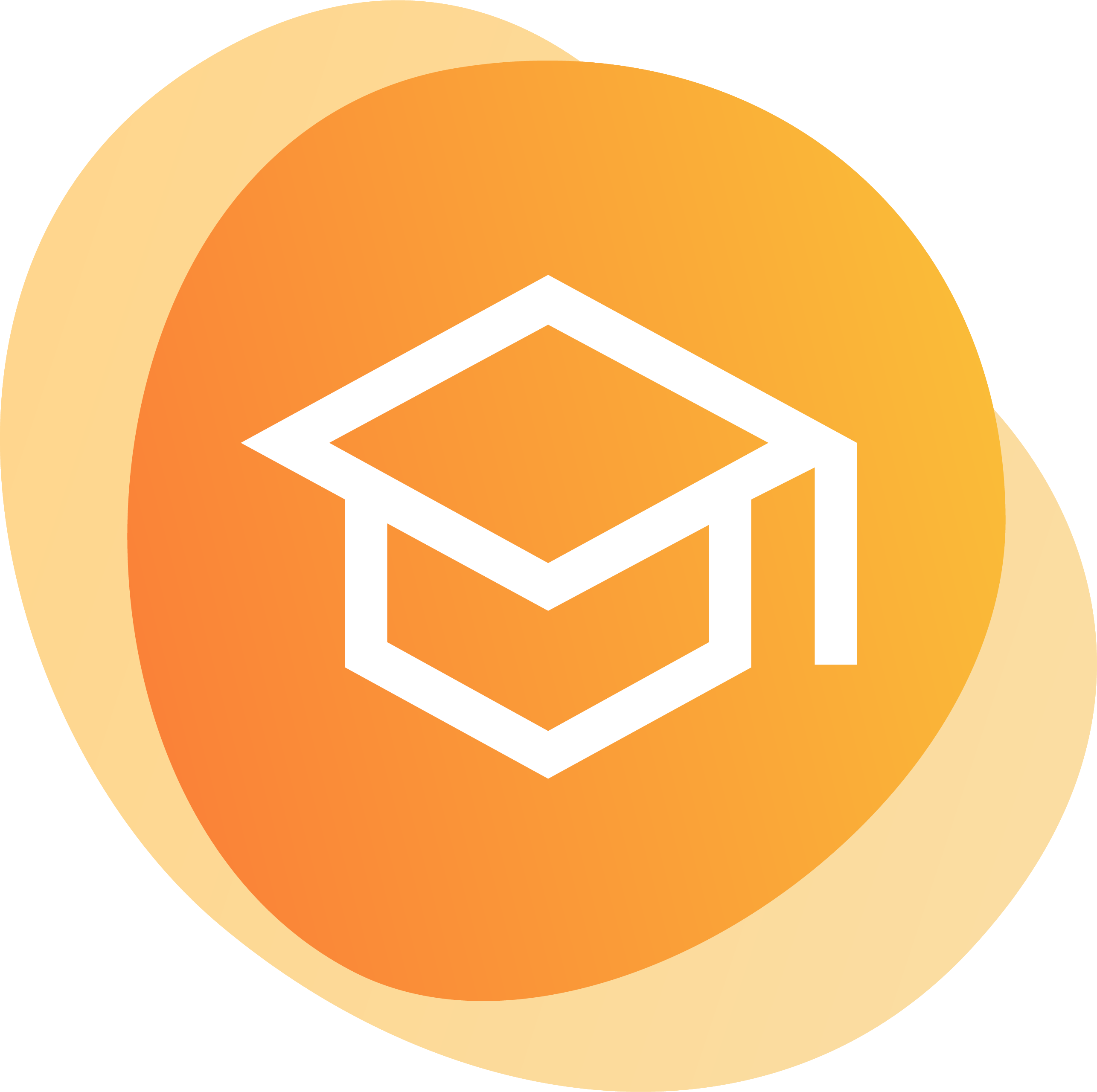
Partnership with school boards
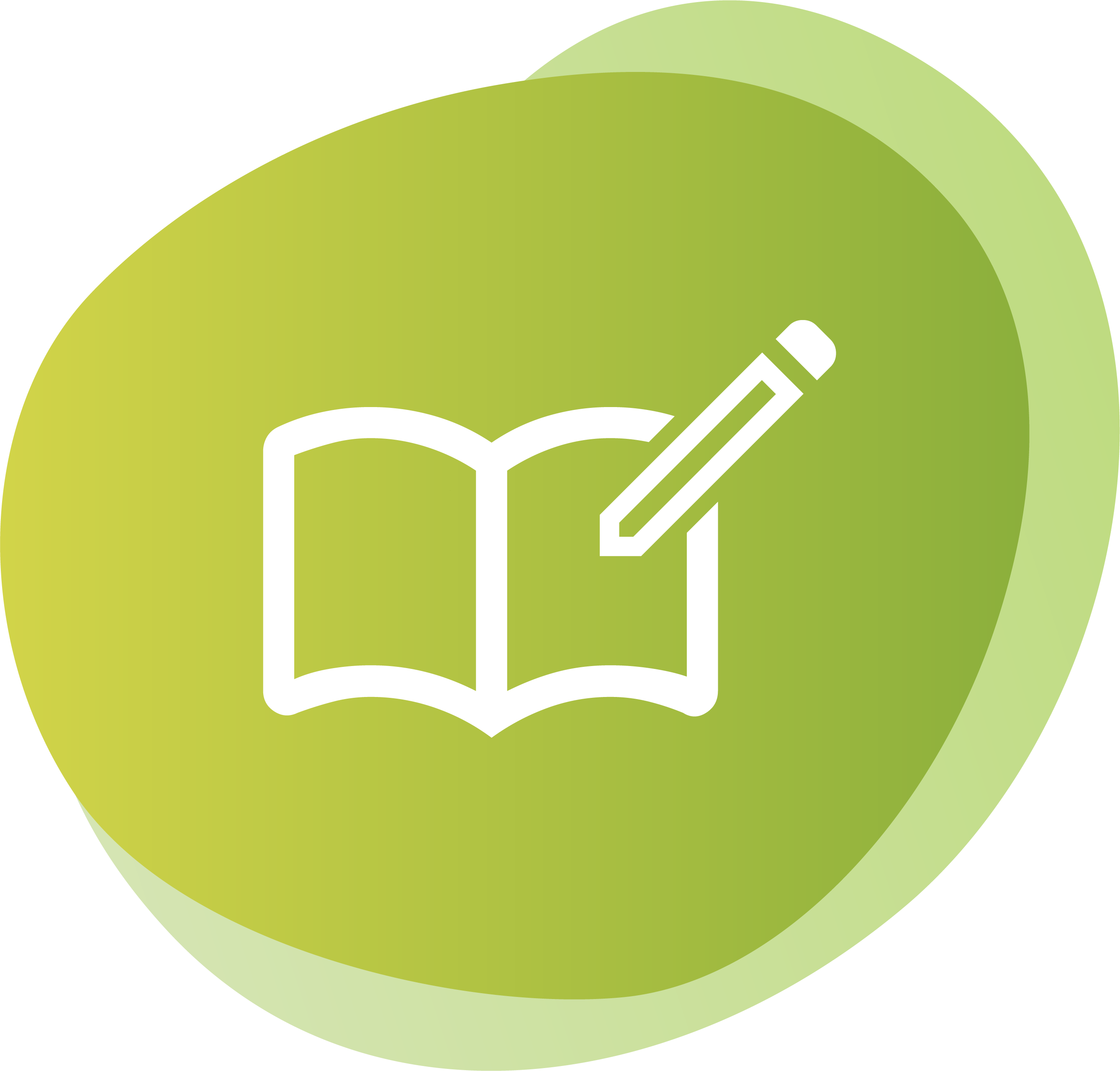
Back-to-school transition program
We have locations in the city’s four quadrants (north, south, east and west), giving us a broad presence in the Greater Toronto Area.
We also partner with school boards to bring our autism services directly to children within a school environment. This enables children to participate in a traditional education setting who otherwise wouldn’t be able to. Our school-based services include:
Our TRE-ADD (Treatment Research and Education for Autism and Developmental Disorders) program where we provide treatment while instructors provide education
Our School Support Program, which supports children who are receiving autism services at Surrey Place successfully transition back into the school system
We make a difference
Our many services have a life-changing impact on children by helping them be more successful and independent.
After receiving treatment through Surrey Place, some children who previously faced challenges in group settings have been successfully integrated into mainstream classrooms. Meanwhile, young children who previously struggled at daycare have started participating in activities following treatment at one of our centres.
Ready to Register?
Call our Children & Youth Intake 1-833-575-KIDS (5437)